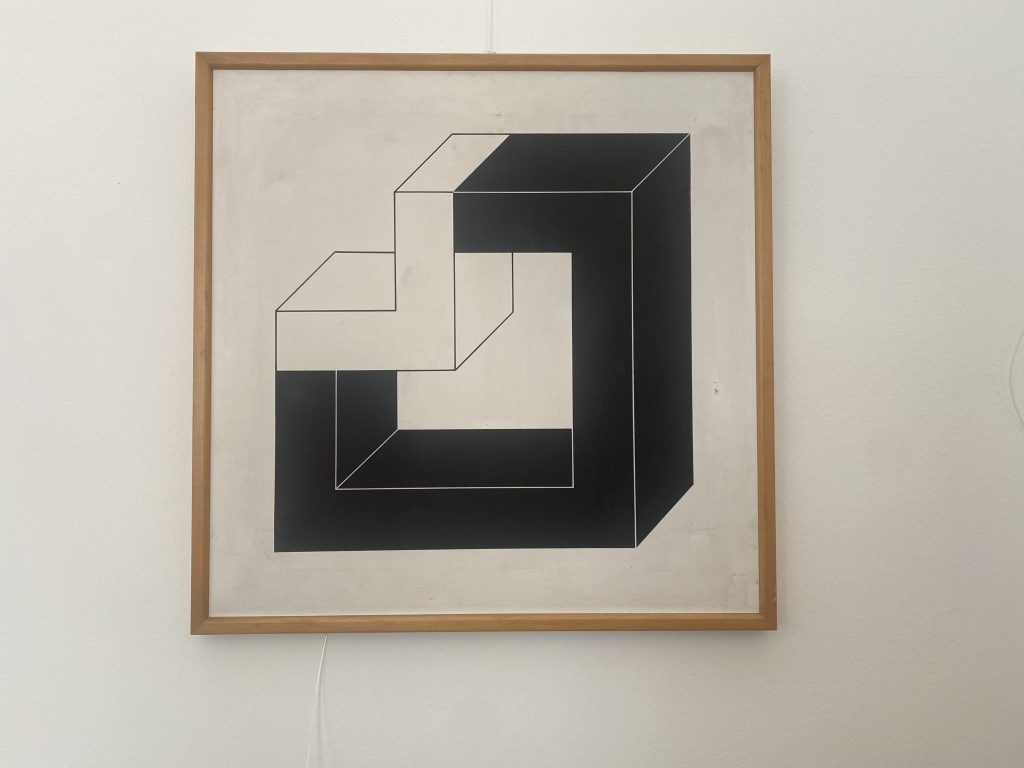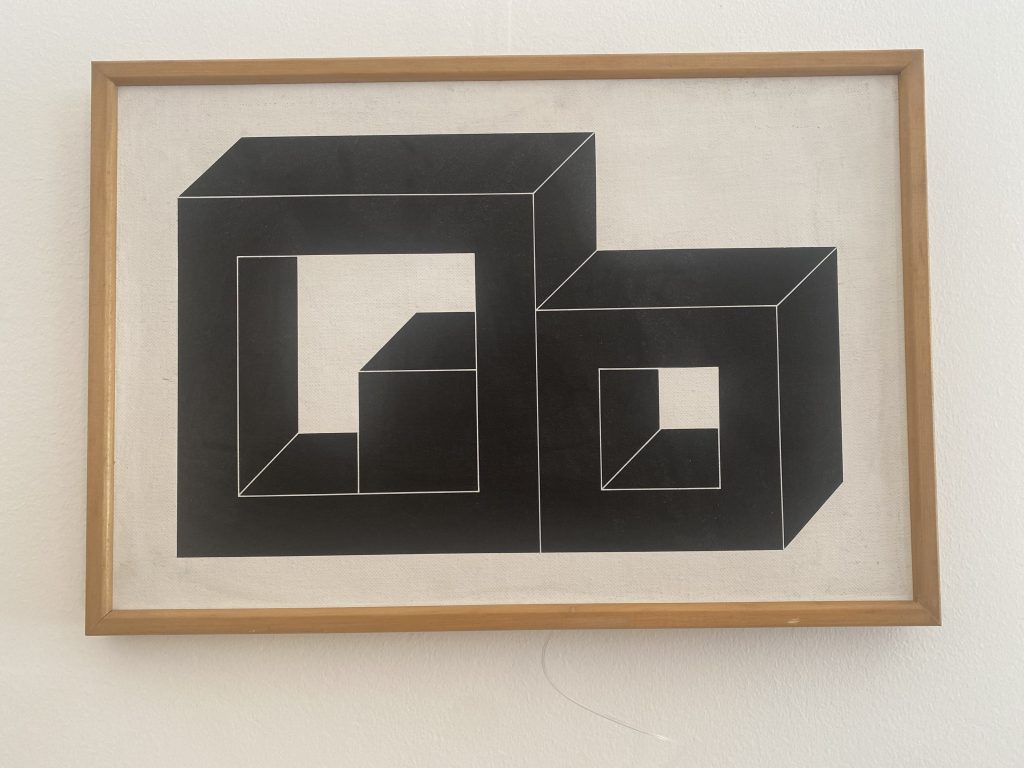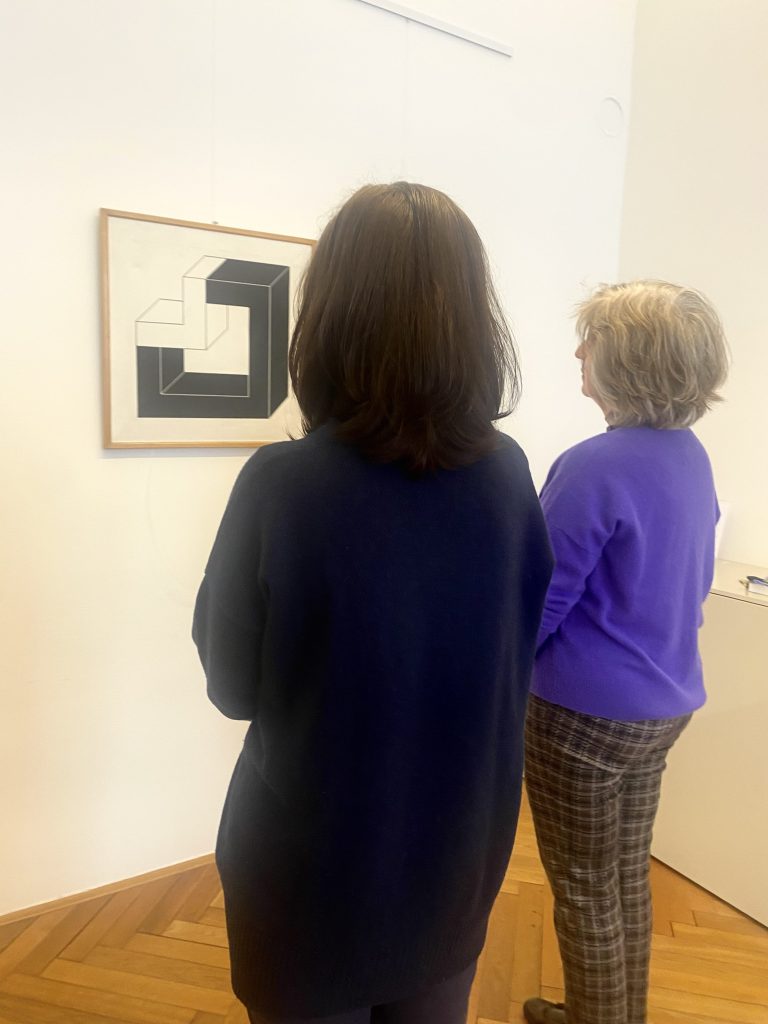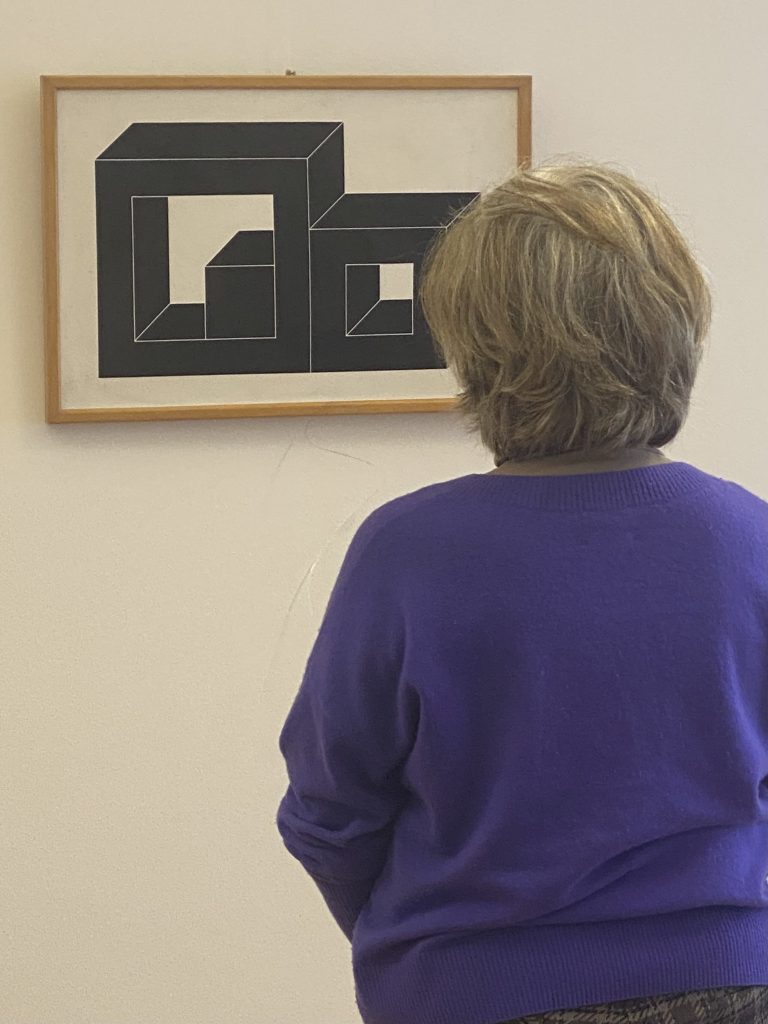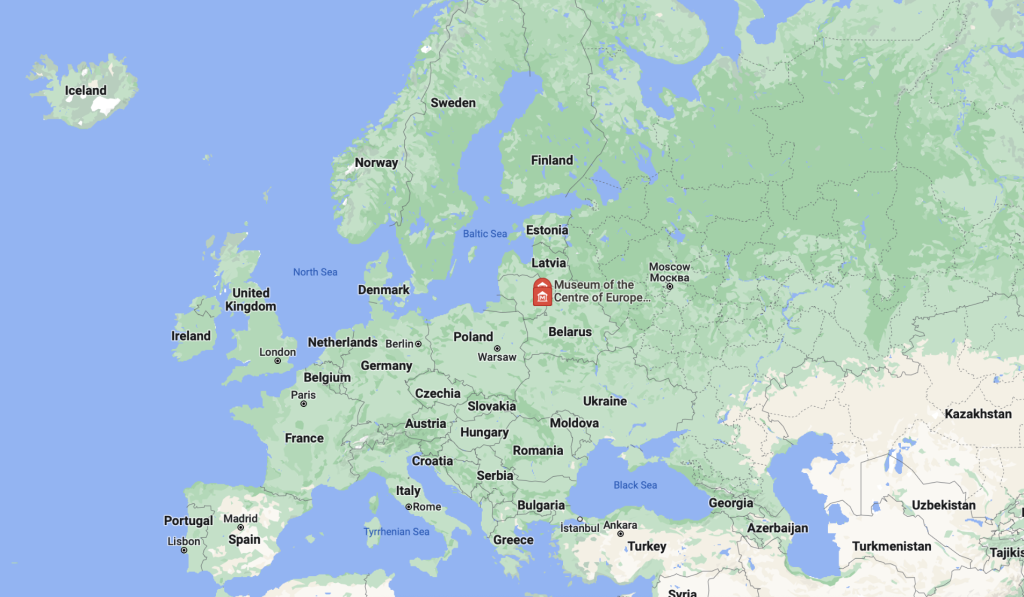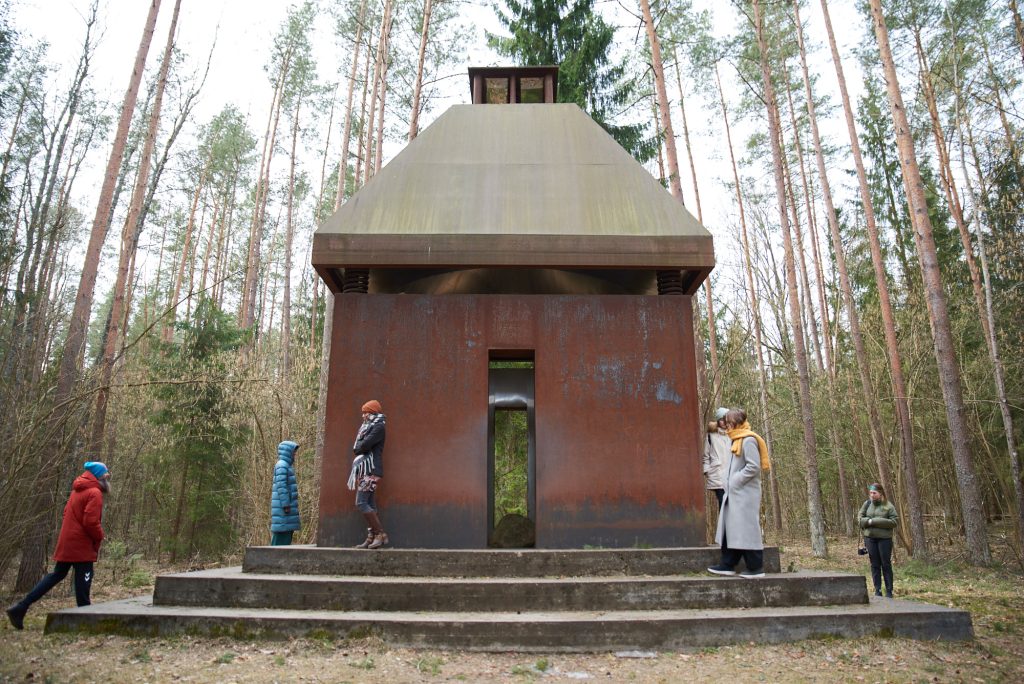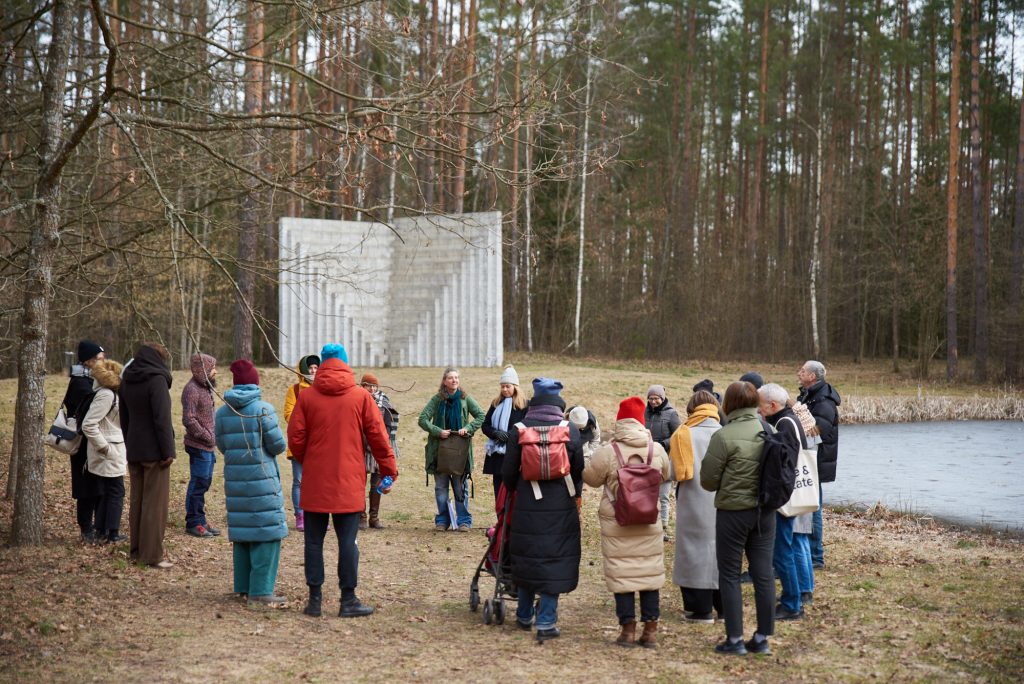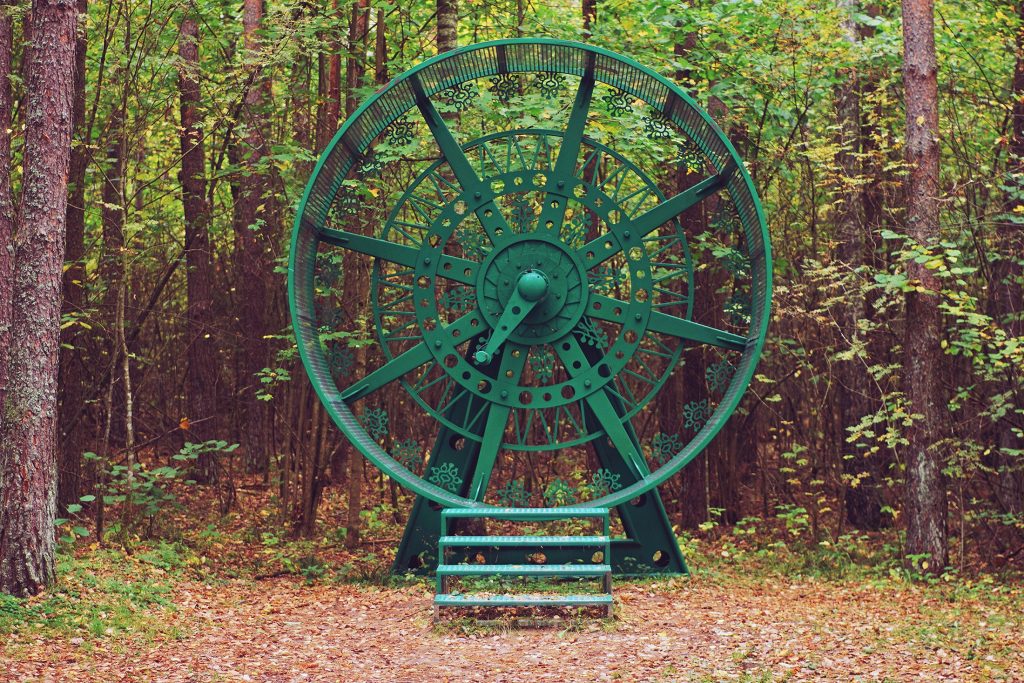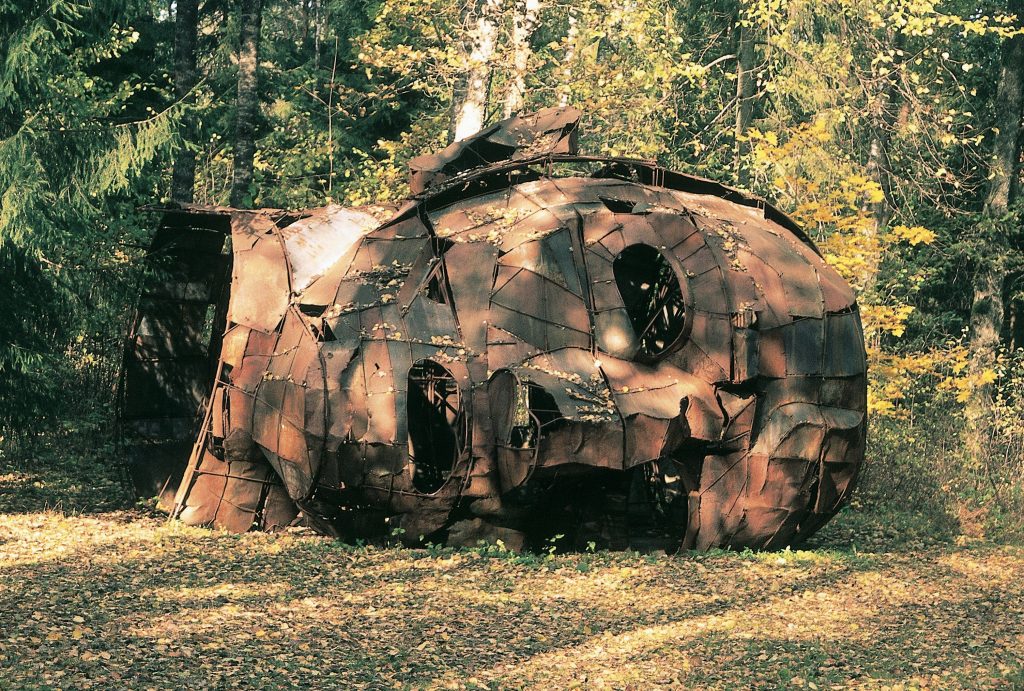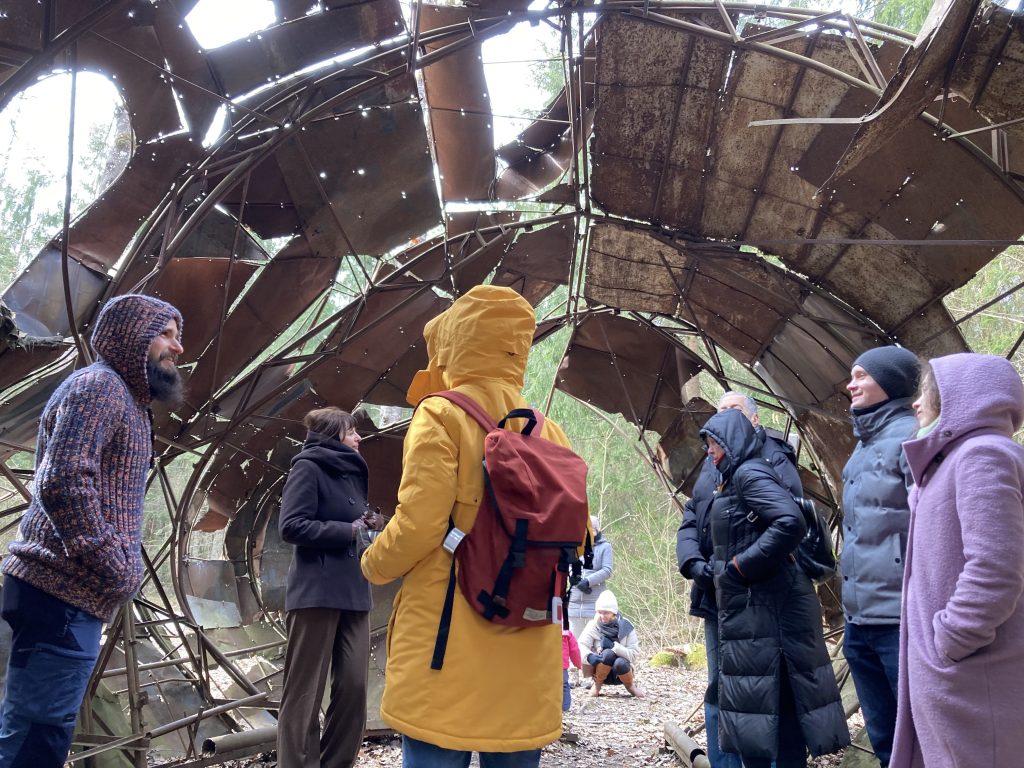Volunteers Ashley Christensen, Erinn Kruser and Forrest Corbett organized a group of 25+ job seekers to spend an evening together looking at art slowly at the Seattle Art Museum, Thursday, June 5, 2025. This is part of a growing partnership between Never Search Alone and Slow Art Day.
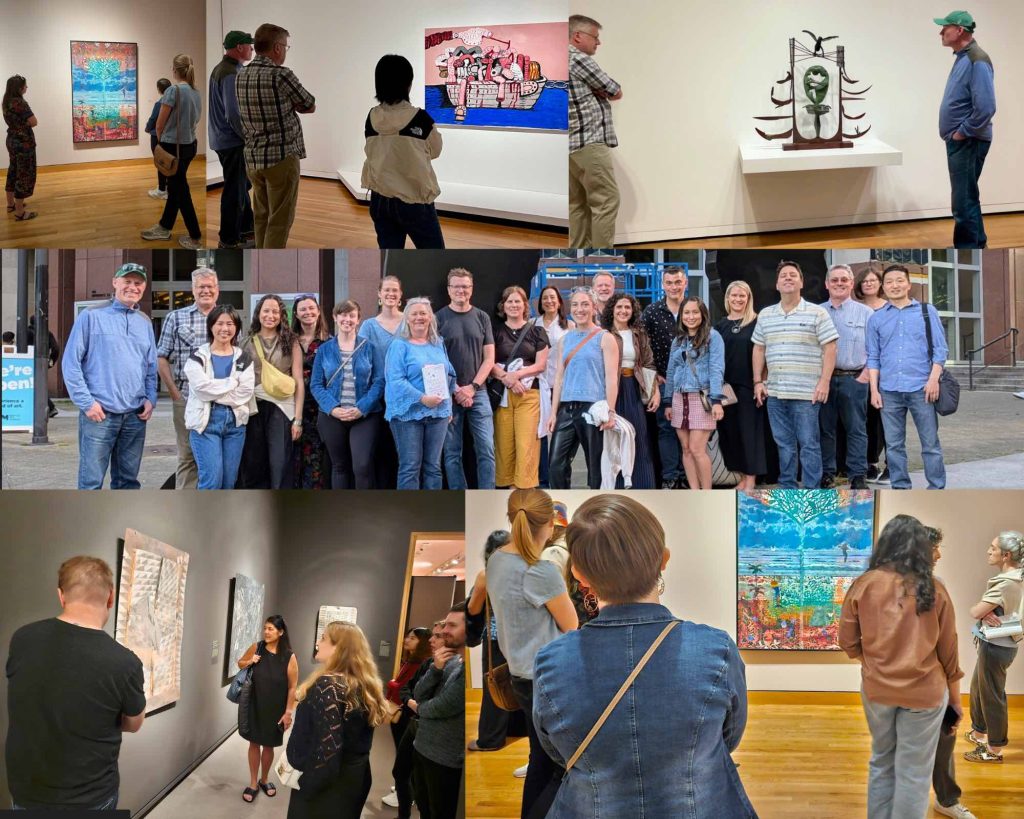
Below is Christensen’s write-up. And the team at Slow Art Day HQ agree – we couldn’t have described the impact of slow looking at art better.
—
Slow Art Day at Seattle Art Museum – Recap
1. We all saw something different.
Despite looking at the same painting for 10 minutes, my group came away with wildly different takeaways. From metaphors and feelings to objective facts (sometimes one of us missed whole sections of the art pieces). I was honestly surprised. I thought the longer we looked, the more we’d converge. But the opposite happened, we diverged. The art unfolded differently for each of us.
It was such a clear reminder that our lived experiences shape what we notice, how we interpret, and what moves us.
2. People wanted to connect, with the art and each other.
More than 20 of the 26 attendees stayed after the art viewing, gathering at the MARKET to talk, laugh, and share takeaways. That blew me away. We moved up to Seattle two years ago and I’m still getting to know my new home but this felt deeply communal in a beautifully unexpected way. I assumed folks would drift off after the art-viewing but instead, the shared experience created something worth lingering for. People wanted to stay.
3. The vibe was genuinely kind.
Networking events are awkward but this was different. I could tell some folks felt anxious or uncertain but people showed up with open minds.
There was something disarming about the format. No pitches. No small talk. Just attention, presence, and an invitation to be curious. It didn’t feel like a networking event. It felt human.
4. Slow looking really changed our state.
One person mentioned at the end that she couldn’t focus at first. Her mind was racing. She wanted to move on after a minute. But then she started to settle and by the end of the first painting, she was present.
Another person noticed that someone in our group was fidgety and tense at the start but was visibly relaxed by the end. I felt that too. Like my body had slowed to meet my gaze. The longer we looked, the more the art gave us back.
5. Our attention had ripple effects.
As our small groups paused in front of pieces of artwork, something unexpected happened: strangers began to gather near us. They looked from the painting to us and back again, curious about what had captured our attention for so long.
Our stillness seemed to signal that these pieces were worth an extra-long look. That quiet attention drew people in. It was a beautiful reminder that focus is contagious and that how we engage with the world can invite others to do the same.
Thanks again for the inspiration and for building such a powerful global movement. It was an honor to be part of it.
– Ashley Christensen
P.S. Here’s the Never Search Alone website.

